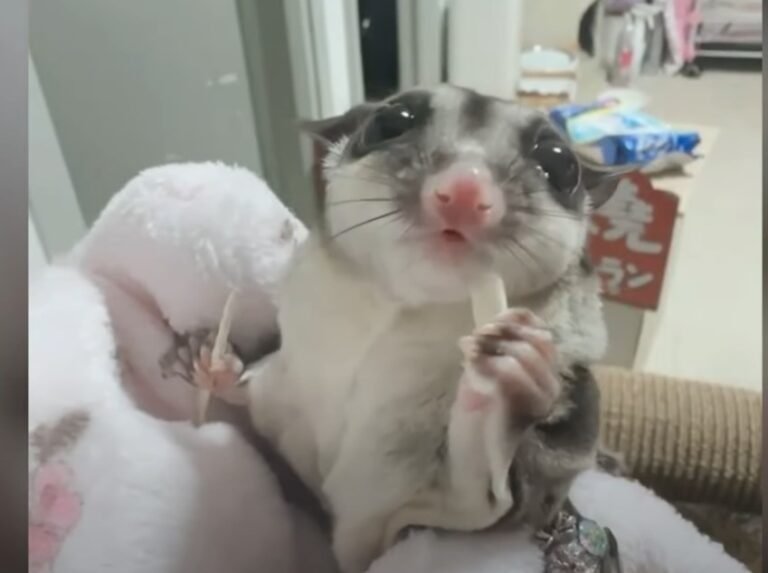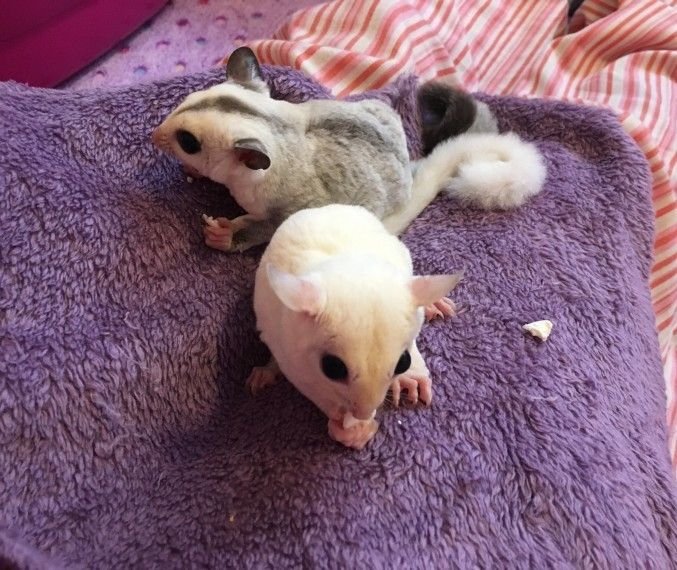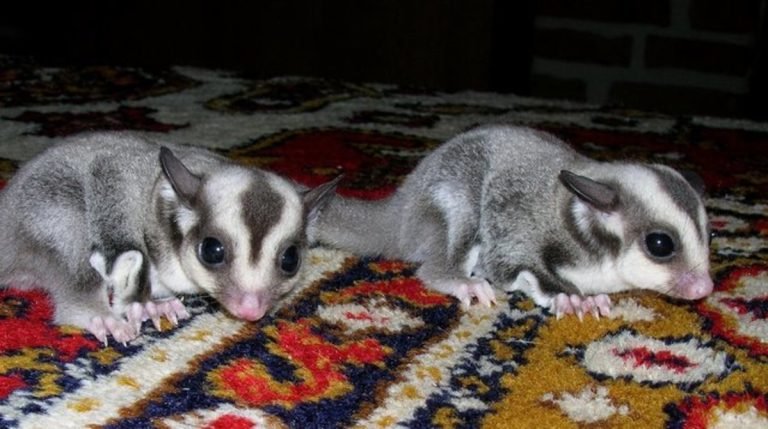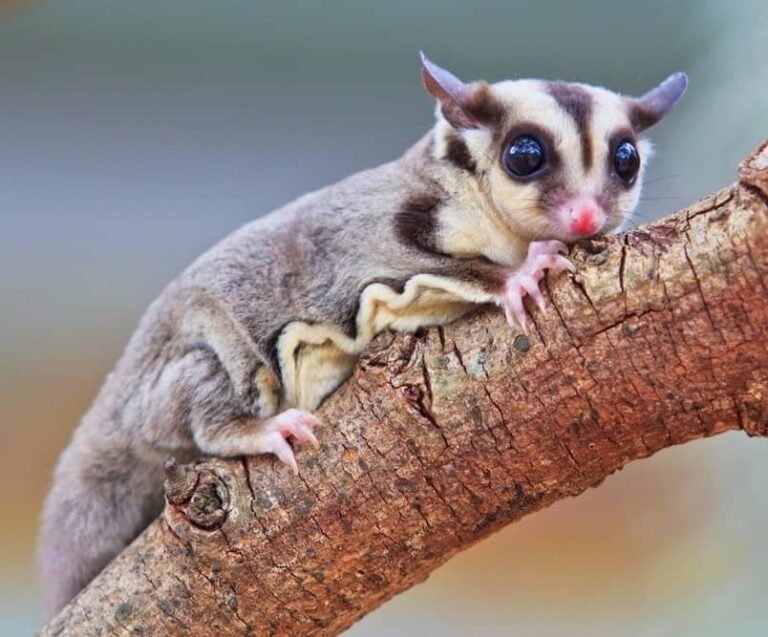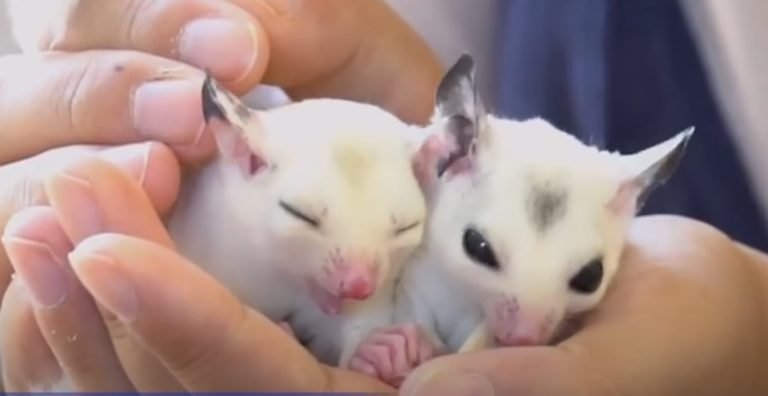Do Sugar Gliders Love Their Owners
Do sugar gliders love their owners? It’s a question that many people ask when considering getting a sugar glider as a pet. These adorable little creatures are known for their playful nature and social behavior, but do they truly form a bond with their owners?
The answer is not a simple yes or no. While sugar gliders are capable of forming attachments to their human caregivers, their love and affection may manifest differently than what we typically expect from traditional pets like cats or dogs.
Sugar Glider Behavior
To understand the relationship between sugar gliders and their owners, it’s essential to first delve into their natural behavior in the wild. Sugar gliders are native to Australia, Indonesia, and New Guinea, where they live in social groups called colonies. These colonies typically consist of around 10 to 15 members and are structured around a dominant male and female pair.
Within these colonies, sugar gliders form strong bonds with their group members. They engage in grooming, playing, and even sleep huddled together for warmth and security. These social interactions are essential for their overall well-being.
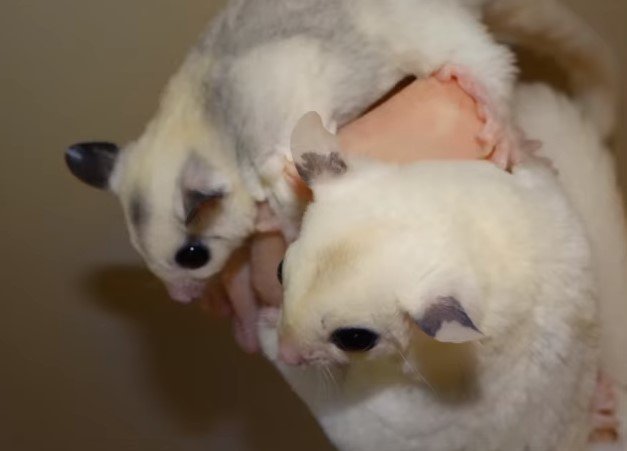
Bonding with Sugar Gliders
When kept as pets, sugar gliders have the potential to form attachments to their human owners. However, building such a bond requires time, patience, and understanding. Here are a few ways to foster a strong relationship with your sugar glider:
1. Socialize from an Early Age
Ideally, sugar gliders should be acquired when they are young, around 8 to 12 weeks old. This allows them to adapt more easily to their new environment and form a bond with their owner. Regular handling, gentle interaction, and positive reinforcement can help establish trust and familiarity.
2. Spend Quality Time
Sugar gliders are highly social animals and require regular socialization to thrive. Spend time interacting with your glider through play, grooming, and simply being present. Offering treats and favorite toys can further strengthen the bond between you and your pet.
3. Respect their Boundaries
While it’s essential to spend time with your sugar glider, it’s equally important to respect their need for personal space. Sugar gliders are nocturnal creatures and need plenty of uninterrupted sleep during the day. Avoid disturbing them during their rest and always approach gently and calmly.
4. Provide a Stimulating Environment
Sugar gliders are curious and active creatures. Create an environment that allows them to explore and engage in natural behaviors. Provide toys, climbing structures, and plenty of opportunities for mental and physical stimulation.
Signs of Affection from Sugar Gliders
While sugar gliders may not express love in the same way as dogs or cats, they do have their own unique ways of showing affection. Some common signs that your sugar glider has formed a bond with you include:
1. Grooming
Sugar gliders groom each other as a form of bonding. If your glider starts grooming you by licking your fingers or gently nibbling your hair, it is a sign that they feel comfortable and trusting around you.
2. Seeking Close Proximity
In the wild, sugar gliders sleep nestled together in close proximity. If your glider seeks out your company and enjoys snuggling up against you during naps, it’s a clear sign of affection and trust.
3. Vocalization
Sugar gliders have a unique vocal repertoire, including various chirps, pops, and barks. If your glider makes happy vocalizations when interacting with you or responds to your voice, it indicates that they recognize you and enjoy your presence.
4. Playfulness
Sugar gliders are incredibly playful and enjoy interactive play sessions. If your glider actively seeks out playtime with you, it is a sign that they enjoy your company and view you as a source of fun and entertainment.
Frequently Asked Questions
Q: Can I bond with an older sugar glider?
A: While it is possible to form a bond with an older sugar glider, it may require more time and patience. Older gliders may have previously developed fears or mistrust, so it’s crucial to approach the bonding process slowly and respectfully.
Q: Will a single sugar glider bond with me?
A: Sugar gliders are social animals and thrive in the company of their own kind. Keeping a single glider may lead to loneliness and behavioral issues. It is generally recommended to have at least two sugar gliders to ensure their social needs are met.
Q: How can I tell if my sugar glider is stressed or unhappy?
A: Signs of stress or unhappiness in sugar gliders include excessive vocalization, repetitive behaviors, self-mutilation, loss of appetite, and withdrawal. If you notice any concerning behaviors, it’s essential to consult with a veterinarian experienced in sugar glider care.
Final Thoughts
While sugar gliders may not exhibit love in the same way as cats or dogs, they are capable of forming strong bonds with their human owners. By understanding their natural behavior and providing a nurturing environment, you can develop a deep and meaningful relationship with your sugar glider. Remember, building a bond takes time and patience, but the rewards of a happy, affectionate glider are well worth it. So go ahead, open your heart to these delightful creatures and let the love between you and your glider blossom.


